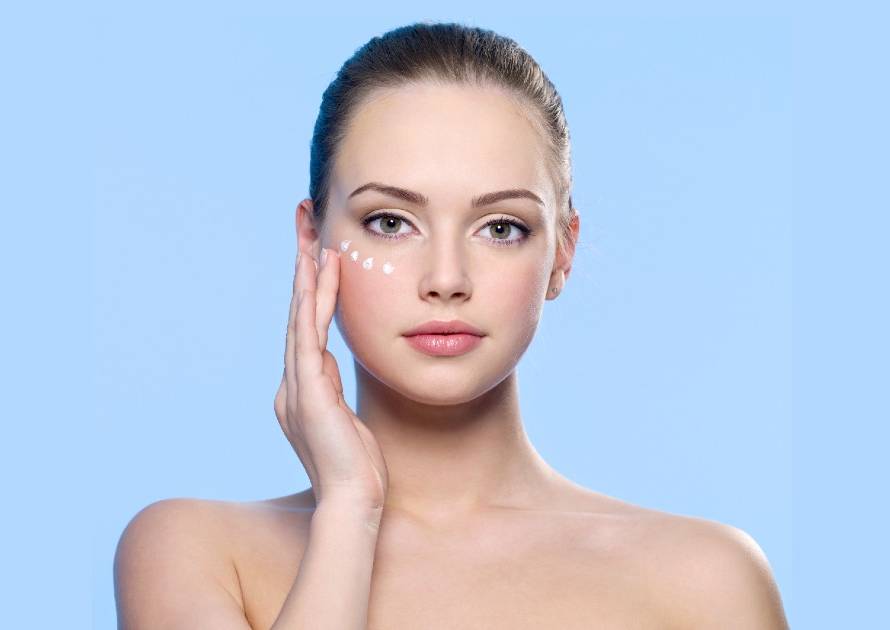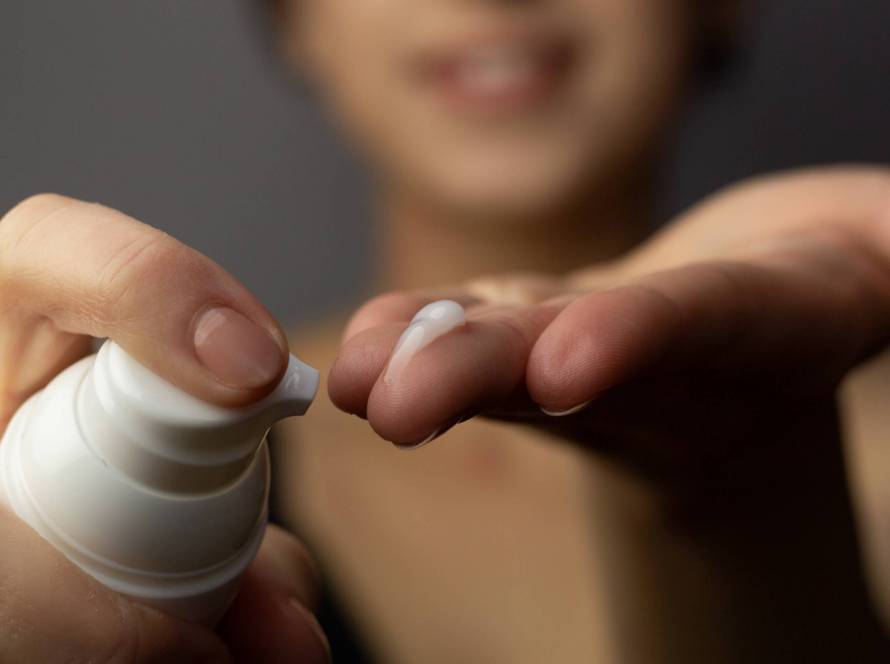You must have heard skincare specialists, doctors, and beauty gurus advising you to never ever leave the house without applying sunblock first. You could be wondering what all this fuss is about and why it is so important to apply sunblock when you’re going out.
This article will focus on helping you understand what sunblock is, why it’s essential, if you’re using it the right way, how much you should be applying, and all the different questions that could be roaming your mind regarding sunblock and its usage.
Overview
Sunblock is one of the best ways to protect yourself from skin cancer and the damage of sunlight. The most damaging waves that reach the surface of the earth are ultraviolet waves, which are responsible for sunburns, photoaging, and the increased risk of getting skin cancer.
UV radiation from the sun includes two types of harmful rays:
- Ultraviolet A (UVA) Rays: Most common; cause premature aging of the skin like wrinkles.
- Ultraviolet B (UVB) Rays: Most dangerous; cause sunburns and skin cancer.
Too much exposure to both types of rays can cause skin cancer. Usually, sunscreens that are labeled as “broad spectrum” can help protect your skin against the effects of both UVA and UVB rays.
Types of Sunblock
There are two types of sunblock, those include:
- Chemical sunblock.
- Physical (mineral) sunblock.
Chemical Sunblock
This type of sunblock is absorbed into your skin and sits in the deeper layers. The sunblock absorbs the UV rays and changes them into heat, and after that, it releases the heat from the skin.
This type of sunblock is not an idea because UV rays must penetrate the skin to reach these chemicals. The chemical sunblock might not protect against all UVA rays, which will cause damage to the deeper layers of the skin.
Usually, the chemical sunblock takes around 20 minutes to start working, so plan your sunblock application accordingly. Moreover, direct sunlight causes the chemicals to be used up quicker; this is why re-application must be more frequent when you’re exposed to direct sunlight. The heat-releasing nature of chemical sunblock can be problematic for sensitive, rosacea-prone skin, and individuals with hyperpigmentation. This is because heated skin can cause an increase in existing brown spots. Moreover, chemical sunblock can also clog pores which is problematic for acne-prone skin.
Physical (Mineral) Sunblock
Physical sunblock sits on top of the skin’s surface, and acts as a physical blocker by deflecting and scattering UV rays from the skin like a mirror. Mineral (physical) sunblock can protect against both UVA and UVB because it blocks UV rays at the surface level, which means no rays can penetrate the skin and harm it.
Because physical sunblock creates a physical barrier on top of the skin, it is effective as soon as it is applied, so you do not need to wait for it to start working. Physical sunblock has a whitish tone to it and is visible on the skin when applied. However, because this type of sunblock sits on top of the skin’s surface, it can be rubbed, sweated, or rinsed off easily, which makes it essential for you to frequently reapply it.
You need to generously apply physical sunblock to ensure protection. Mineral sunblock contains active ingredients like titanium dioxide and zinc dioxide or a combination of the two. Therefore, this type of sunblock should not be inhaled, so try to avoid spray and powder formulations to minimize lung exposure.
What Is Sun Protector Factor (SPF)?
Sun protection factor, or what’s commonly referred to as SPF, is an equation that determines the level of sunburn protection that the sunblock provides. SPF is calculated by an equation that has a logarithmic relationship with the amount of radiation it can filter. For example, SPF 30 filters 96.7% of the UV radiation, meanwhile SPF 50 filters 98% of the UV radiation. Dermatologists recommend that you use any sunblock of SPF 30 or higher to get the best protection.
How Do I Know If My Sunblock Protects My Skin from UVA, UVB, or Both?
A good sunblock should be able to protect your skin from both. SPF usually protects your skin from UVB. Look for a sunblock that has a “broad spectrum” written on it because this means that it also protects your skin against UVA too.
How Much Product Do I Need to Apply?
Sunblock can only give proper protection from the sun if the appropriate amount is applied. The adequate amount is 2 mg/cm2. The proper amount to be applied to the face and neck is 2.5 fingertip units.
How Often Do I Need to Apply Sunblock?
You must reapply sunblock every 2 hours or immediately after swimming, washing your face, or sweating. If you’re using a physical sunblock, it is easier for it to wear off since it sits on the top of the surface of the skin, so you need to remember to reapply it frequently.
What Type of Sunblock Is Best for Me (Cream, Lotion, Emulsion, or Spray)?
If you have oily skin, it is better to use sunblock in the form of emulsion or lotion with a mat finish. If you have dry skin, it is better that you use creams. As for babies, swimming sprays can be used as it is easy to apply to the body. If you’re applying sunblock after putting makeup on, use a sunblock brush as it will apply to your skin in the form of powder.
When Should I Use Sunblock?
You should use sunblock every day, indoor and outdoor. And you should apply it during all seasons, even in winter. A lot of people think it is okay not to apply sunblock during winter since it is less sunny; however, the sun is still out, and your skin is still exposed to UVB and UVA light. So, make sure you’re correctly applying sunblock even in cold weather.
Does Regular Use of Sunblock Affect Vitamin D Levels?
Yes, if a person uses sunblock all over their body while altogether avoiding the sun, it might lead to vitamin D deficiency. However, if one exposes their body to the sun during the early hours of the morning, or late hours of the evening, at least 3 times per week, it will be enough for the body to absorb vitamin D without causing skin damage.
Is Sunblock Effective While Swimming?
If the label of the sunblock mentions that it is water-resistant for 40 to 80 minutes, then yes, the application of sunblock while swimming is effective.
Overall Sun Protection Instructions
Here are some of the tips that the doctor recommends to have the best protection from sun rays:
- Try to avoid sunlight between the hours of 10 AM to 4 PM.
- Make sure that you regularly use sunblock.
- Remember to reapply sunblock every 2 hours and after swimming or excessive sweating.
- Try to wear protective clothing with long sleeves and hats to protect your body from sunlight.
Frequently Asked Questions Regarding Sunblock (FAQs)
This section sheds light on the most commonly and frequently asked questions about sunblock and its uses.
What are the differences between UVA and UVB?
Both UVA and UVN are in the ultraviolet light class. However, there are several significant differences between the two. UVB is the sunrays responsible for tanning and sunburn, and they do not penetrate deep into the skin. Meanwhile, UVA is responsible for the premature aging of the skin because it penetrates deep into the skin.
Which sunscreen to choose?
With hundreds of names in the market, it is almost impossible to set your mind on the best sunscreen to buy. However, there are three critical factors that you can look out for to make sure that you’re purchasing the best sunblock for you; SPF, format, and whether it is conventional or organic.
- Conventional or organic: Both are equally effective; however, this depends on your preference and belief. Although, we can say that organic sunblock has better benefits for your skin and acts immediately when applied.
- SPF: This depends on the level of exposure to the sun and your skin type. Lighter skins tend to need a higher SPF. The stronger the SPF, the more protection it provides.
- Format: This depends on your skin type and preference. If your skin is oily, it is better that you use an emulsion or lotion sunblock that has a mat finish. If your skin is dry, apply a cream lotion. As for babies and younger kids, it is better to use spray sunblock as it is easier to apply.
Does sunblock prevent tanning?
Although sunblock is effective, it cannot 100% block ultraviolet rays.



